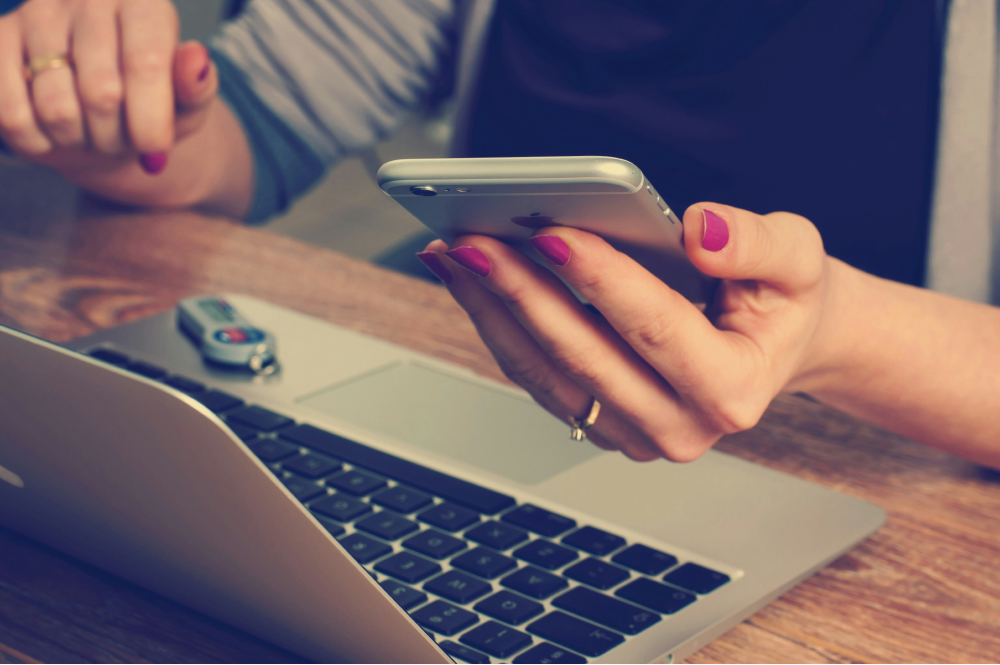Introduction
Are you struggling to read your smart electricity meter? This guide will walk you through the process, ensuring you know how to take accurate readings when needed. Whether you’re switching suppliers or just want to monitor your usage, we’ve got you covered. If you encounter any difficulties or have legal questions regarding your energy supply, Contend’s highly trained AI legal experts are here to help. With Contend, you can access the easiest legal help in the UK, making your energy management hassle-free!
If you have a smart electricity meter, you might not need to read it very often. Most smart meters automatically send your usage data to your energy supplier, which is called “smart mode.” You can check if your meter’s working in smart mode. However, there are times when you might need to take a reading yourself, such as:
- When you switch energy suppliers and need to provide your first reading.
- If your new supplier can’t connect to your meter.
- If you want to check your current usage and see how it compares to previous readings.
If you need to take a reading, you can call your supplier or check their website or app for instructions on how to submit it. If you have trouble getting to your meter, your energy supplier may offer assistance to help you read or relocate it.
Understanding Your Smart Meter vs. Smart Energy Monitor
When you receive a smart meter, you’ll often get a small device called a smart energy monitor or in-home display (IHD). This device shows your energy usage in real-time, but it’s important to note that the readings from the IHD may not always be accurate. For the most reliable reading, it’s best to check the meter itself, which is typically installed in a kitchen cupboard or on an outside wall.

How to Read Your Smart Electricity Meter
Reading your smart electricity meter can vary depending on the model you have. Below are some common types and how to read them:
Keypad Meters
- Single Rate Users:
- Press the number 9.
- Wait for “IMP KWH” to appear.
- Write down the numbers displayed (ignore leading zeroes and decimals).
- Economy 7 Users (two rates):
- Press the number 6.
- The first reading you see is usually your night rate (“IMP R01”). Write it down.
- Press 6 again to see your day rate (“IMP R02”) and write that down as well.
Meters with A and B Buttons
- Single Rate:
- Press the A button until you see “TOTAL ACT IMPORT” followed by numbers. Write down the numbers.
- Two Rates:
- Press the A button until you see “Rate 01” for your night reading, then press again for “Rate 02” for your day reading.
Meters with Multiple Buttons
If your meter has three buttons on the side: 1. Press the middle button to see the night rate (“R1”) and write it down. 2. Press again for the day rate (“R2”) and write that down. 3. Press once more for the total reading if needed.
Other Button Configurations
For meters with different button layouts, the process is similar: – Look for prompts on the display that indicate total usage or the different rates. – Write down the numbers shown, ignoring any leading zeroes or decimals.
General Tips
- Always check for the “KWH” label next to your reading to confirm you are looking at the correct data.
- If your meter shows “M3,” you are looking at a gas meter, not an electricity meter.
- If you can’t find your specific meter type in this guide, you may want to consult the user manual or your energy supplier for assistance.
Need Help with Your Smart Gas Meter?
If you also have a smart gas meter, you can find instructions for reading that as well.
By following these simple steps, you can easily read your smart electricity meter when necessary. If you have any questions or need further assistance, don’t hesitate to reach out to Contend’s legal expert chat. Their highly trained AI legal experts will work with you to provide guidance and help you understand and resolve your legal problems. Contend is the Easiest Legal Help in the UK!
For more info, check out some of our related articles:
